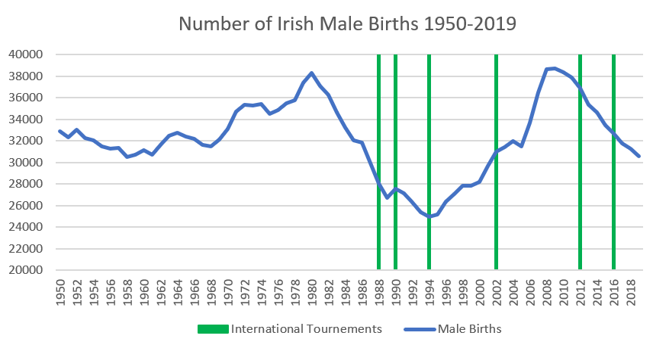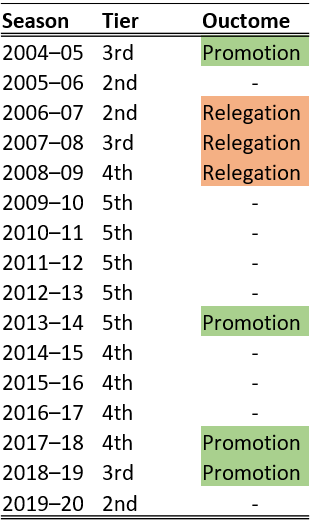The Galway Races went ahead under unusual circumstances last week. Normally a highlight of the Irish summer, and most attended race meeting of the year, the 7-day festival played out in front of empty stands. For the past number of years I have followed various trainers on this site - most recently Willie Mullins. Had anyone followed Mullins last week (using our normal rules) they would have made a considerable profit from the County Carlow based trainers' 10 winners.
This post doesn't focusing on 'beating the bookies' but rather an interesting race dynamic that deserves some attention. For those unfamiliar with the Galway race course, the track is a relatively sharp, undulating, right-handed mile and a half where race position is key. This is especially so in sprints which can be as short as 7 furlongs.
In these 7 furlong races the horse draw (stall) is crucial. The draw is randomly allocated to each horse prior to the race and can be anywhere from stall 1 up to the 16 or 17. The problem for those drawn "high" - roughly stall 10 or higher - is that horses meet a sharp bend after about 1 furlong or so in 7 furlong sprints. it is the equivalent to being drawn in lane 6,7 or 8 on a running track and meeting the bend after 50 meters. Horses drawn in stalls 1-5 have a decided advantage if they break well and meet the bend on the rail.
The upshot of this is that it is very hard for horses with high draws to win sprint races at Galway. Of course, the odds should factor this in but I get the impression that they adjust less than they probably should. There may be an inefficiency here that could be of interest on the betting exchanges. The table below provides information on the average position of the first 4 horse in the 28 flat races that had 9 runners or more.
| Lower draws would appear to help. The figure to the right also plots the winning stall for each of the eleven 7 furlong races. This is a small sample but stalls 1, 3 and 4 make up more than 50% of the winners. When compared to races in excess of 1 mile 4 furlongs again it would appear that lower draws are a sizable advantage. |


 RSS Feed
RSS Feed